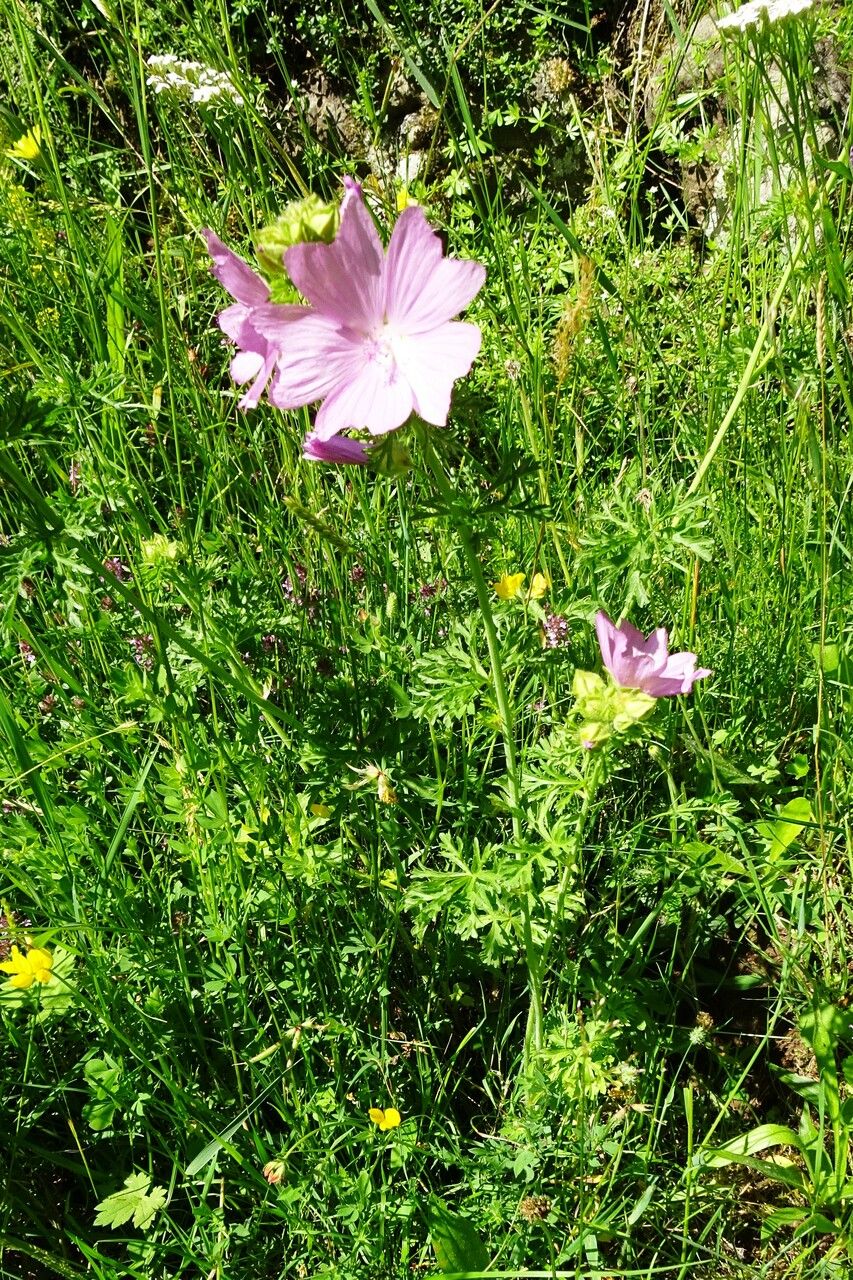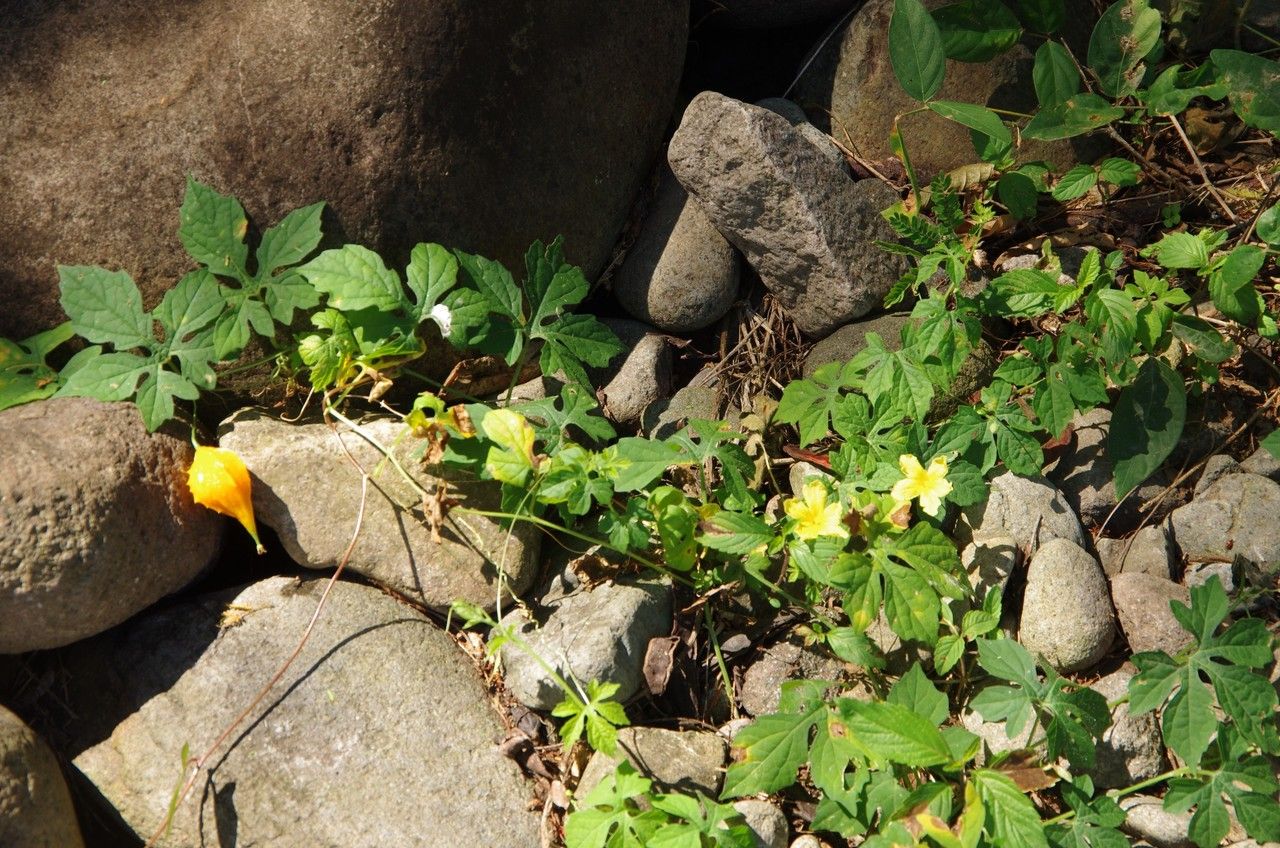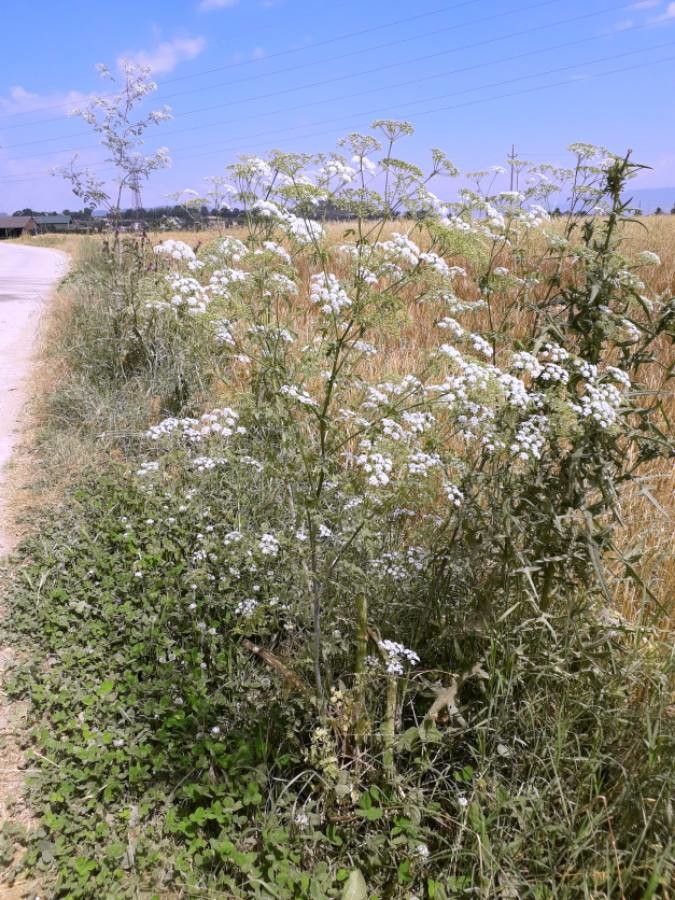## Musk Mallow: A Fragrant Delight for Your Garden
The Musk Mallow (*Malva moschata*), a member of the Malvaceae family, is a charming addition to any garden, known for its delicate, cup-shaped flowers and subtly musky fragrance. This hardy annual or short-lived perennial offers a captivating display of blooms, typically ranging in color from pale pink to deep rose, occasionally even white. Its deeply lobed leaves add another layer of visual interest to this versatile plant.
### Habitat and Growth
Musk Mallow thrives in a variety of conditions, making it a relatively low-maintenance choice for both experienced and novice gardeners. It's naturally found in meadows and open woodlands across Europe and Asia, indicating its adaptability to different environments.
### Sun Exposure and Soil Needs
Musk Mallow prefers a sunny location, although it can tolerate some partial shade. However, ample sunlight ensures more prolific flowering. The soil should be well-drained; heavy clay soils can lead to root rot. It prefers a slightly alkaline to neutral pH. While not overly fussy about soil fertility, enriching the soil with compost before planting will encourage stronger growth and more abundant blooms.
### Planting and Propagation
Musk Mallow can be easily grown from seed, directly sown outdoors in spring after the last frost. Alternatively, you can start seeds indoors several weeks before the last frost. Sow seeds about 1/4 inch deep and space plants 12-18 inches apart. For propagation, you can also divide established plants in early spring or take cuttings in late summer. These cuttings should be allowed to root in moist soil before transplanting.
### Care and Maintenance
Musk Mallow is remarkably easy to care for. Regular watering is essential, especially during dry periods, but avoid overwatering which can lead to fungal diseases. Deadheading (removing spent blooms) encourages more flowering and prevents self-seeding. While generally pest-free, monitor for slugs and snails, particularly in young plants. In colder climates, Musk Mallow may self-seed readily, providing a charming naturalized display year after year.
### Using Musk Mallow in Your Garden Design
The versatility of Musk Mallow makes it a great choice for various garden styles. It looks stunning in cottage gardens, wildflower meadows, and even as a border plant. Its delicate flowers complement other blooms, and its fragrance adds a unique dimension to the garden's sensory experience. Consider pairing it with other plants that thrive in similar conditions, such as lavender, yarrow, or catmint.
### Harvesting and Uses
While primarily grown for its ornamental value, Musk Mallow has also been used traditionally for medicinal purposes. Its leaves and flowers have been used to soothe irritated skin and mucous membranes. However, it’s important to consult with a healthcare professional before using it for medicinal purposes.
Musk Mallow is a delightful addition to any garden offering beauty, fragrance, and ease of care. Give this charming plant a try and enjoy its subtle charm!
Musk Mallow: Planting, Care & Guide

Frequently Asked Questions
How to grow Musk Mallow from seed?
Sow seeds directly outdoors in spring after the last frost, about 1/4 inch deep and 12-18 inches apart. Alternatively, start seeds indoors several weeks before the last frost.
What type of soil does Musk Mallow need?
Musk Mallow prefers well-drained soil with a slightly alkaline to neutral pH. Enriching the soil with compost will improve growth.


